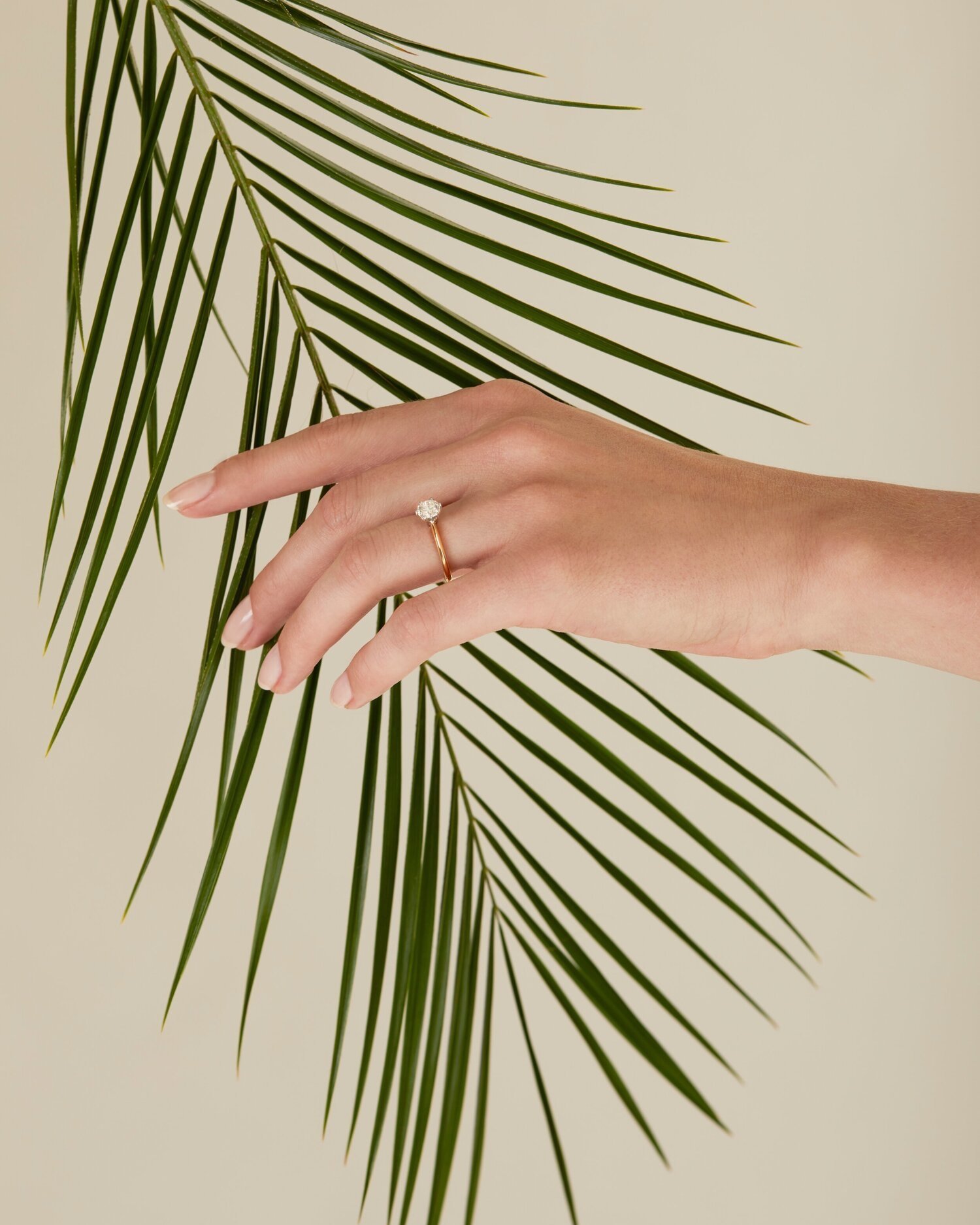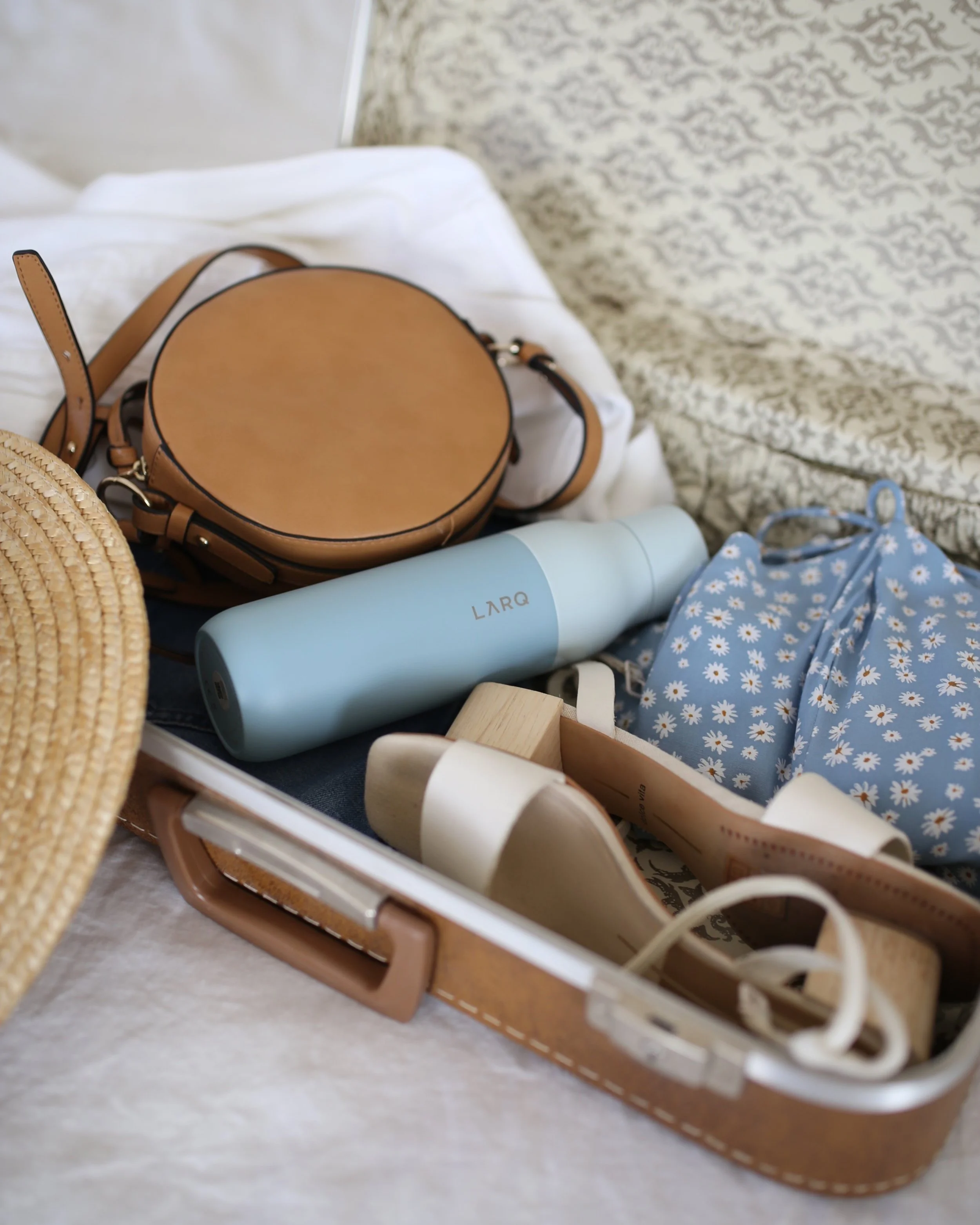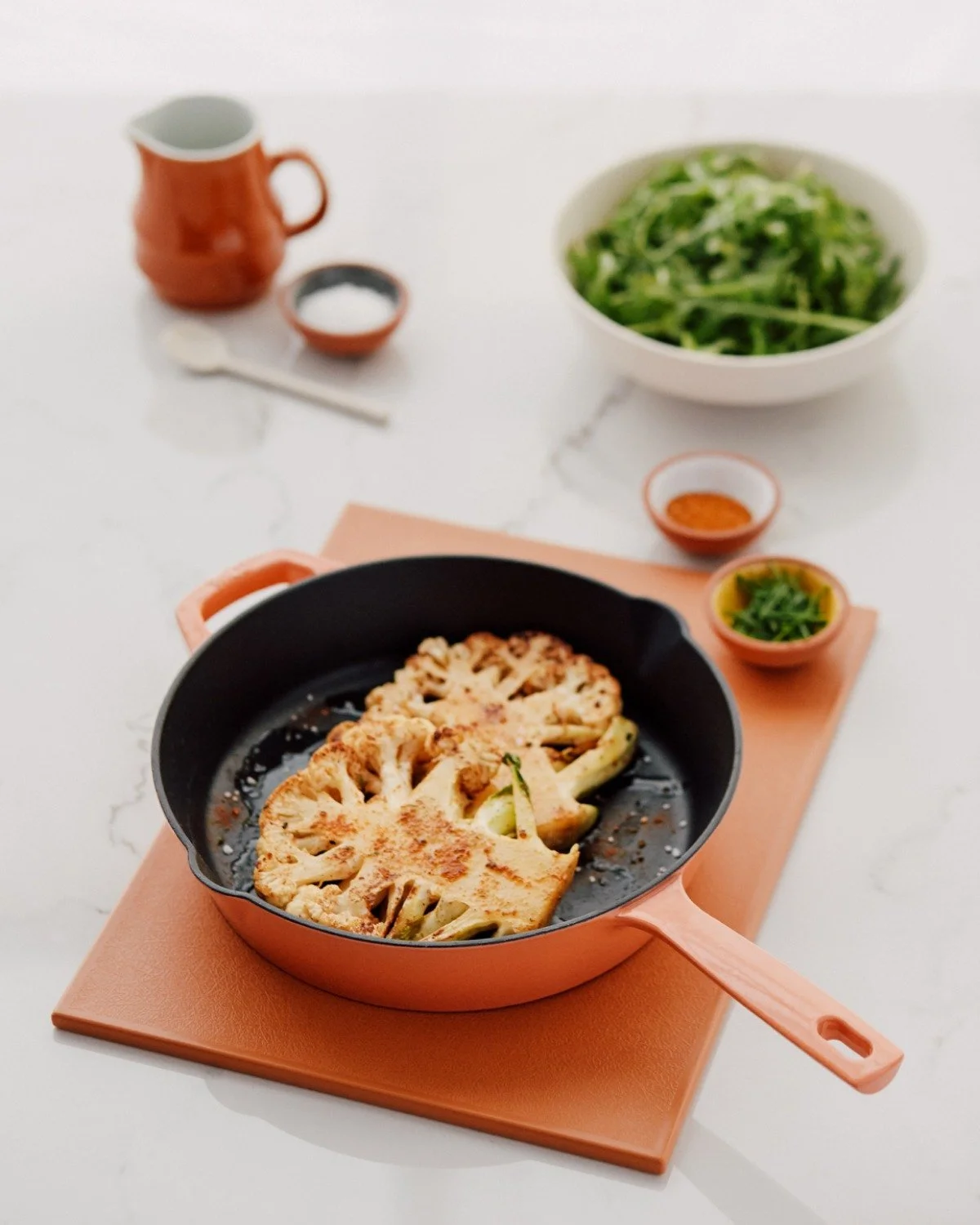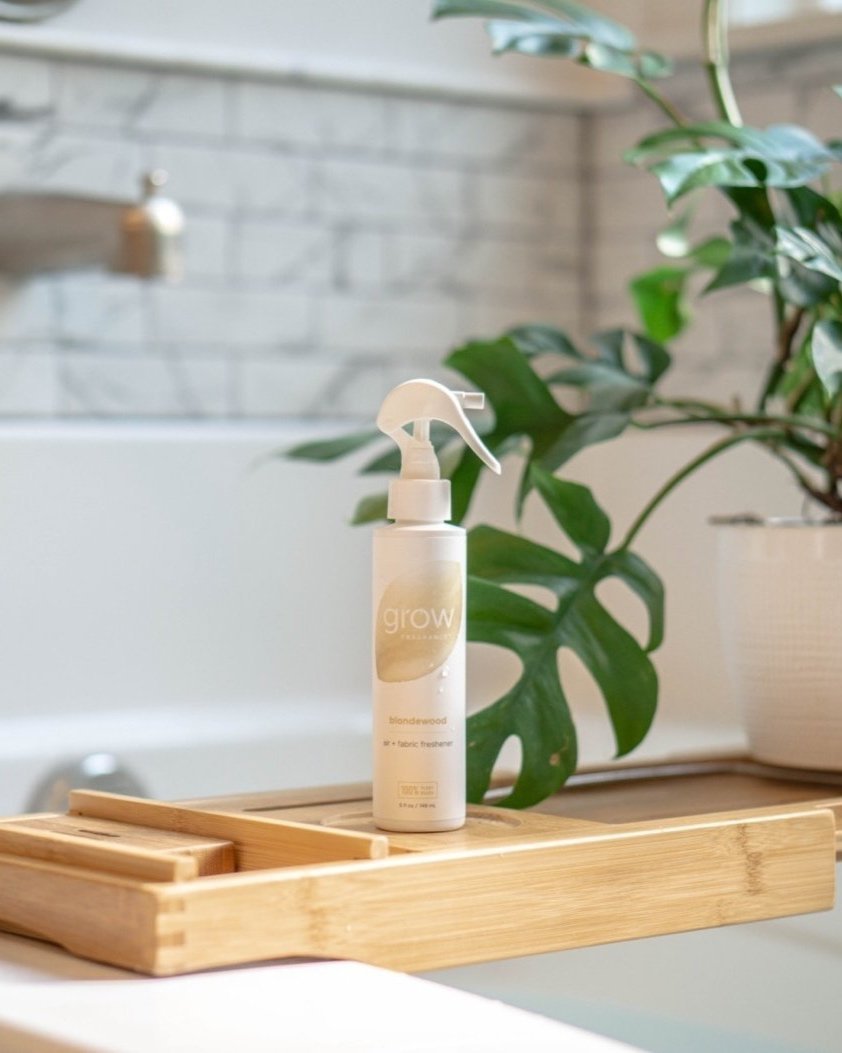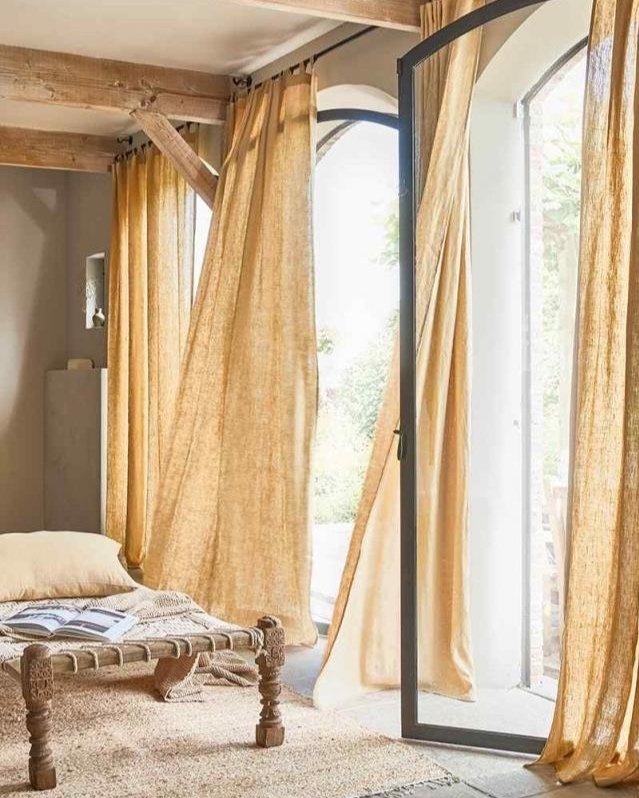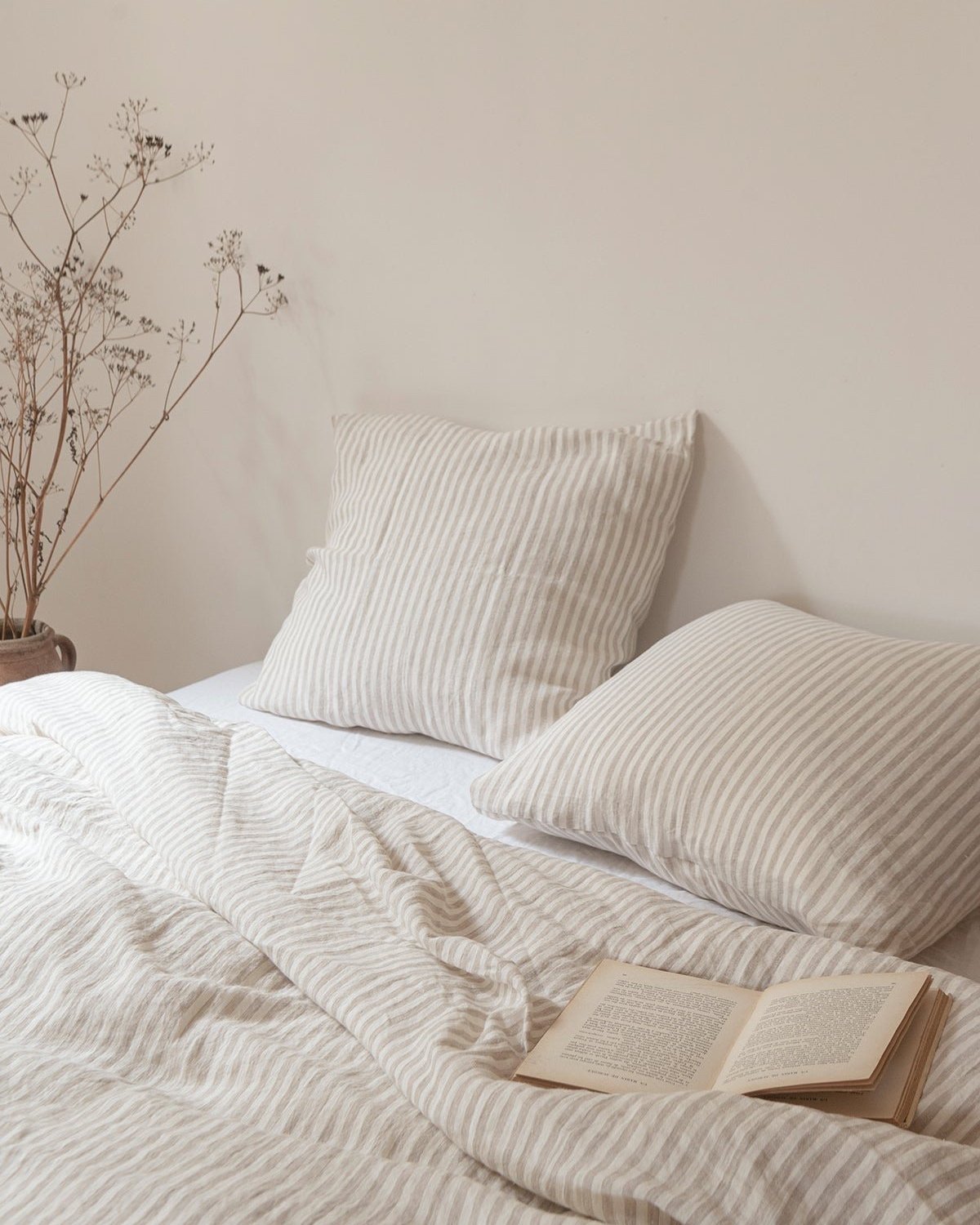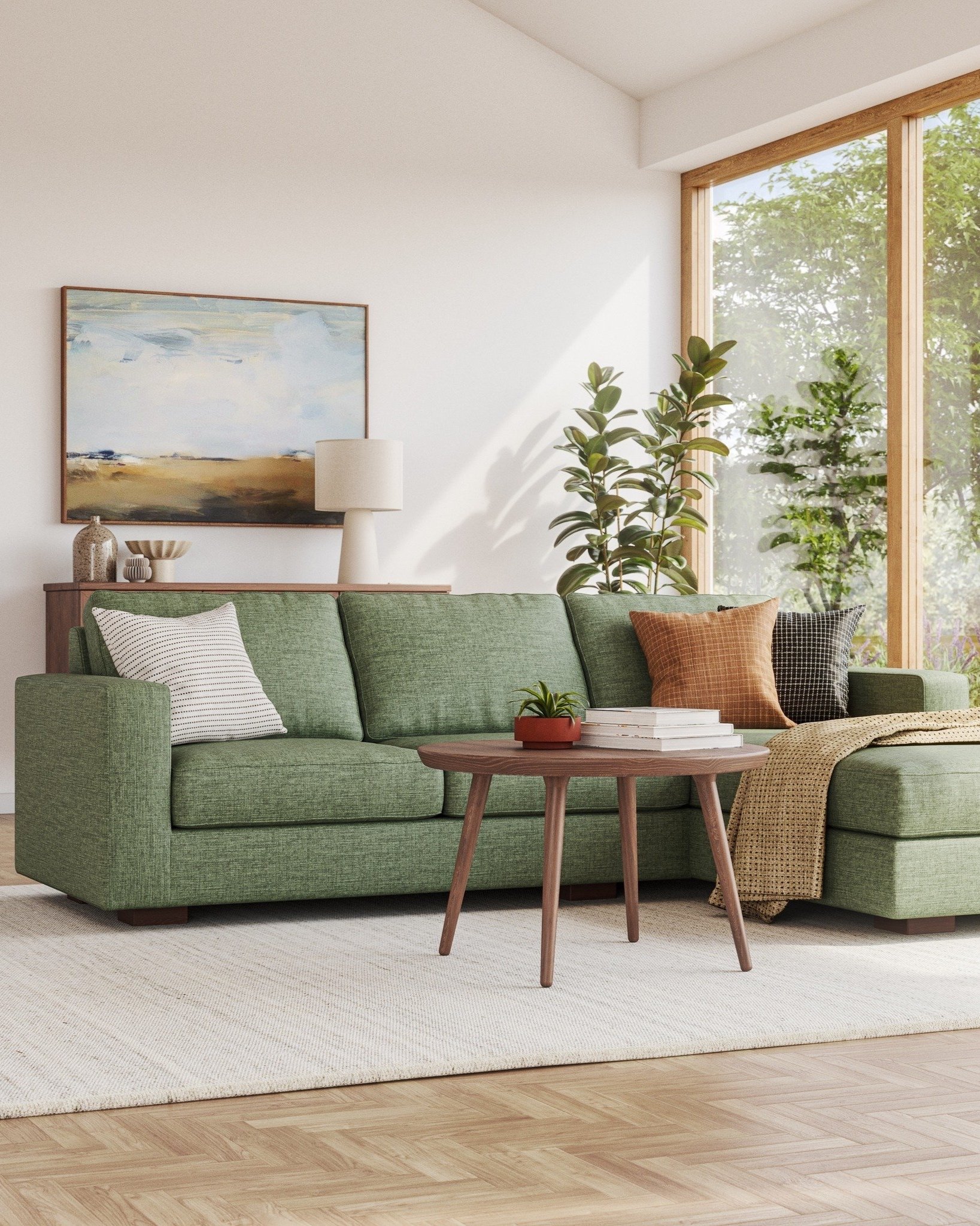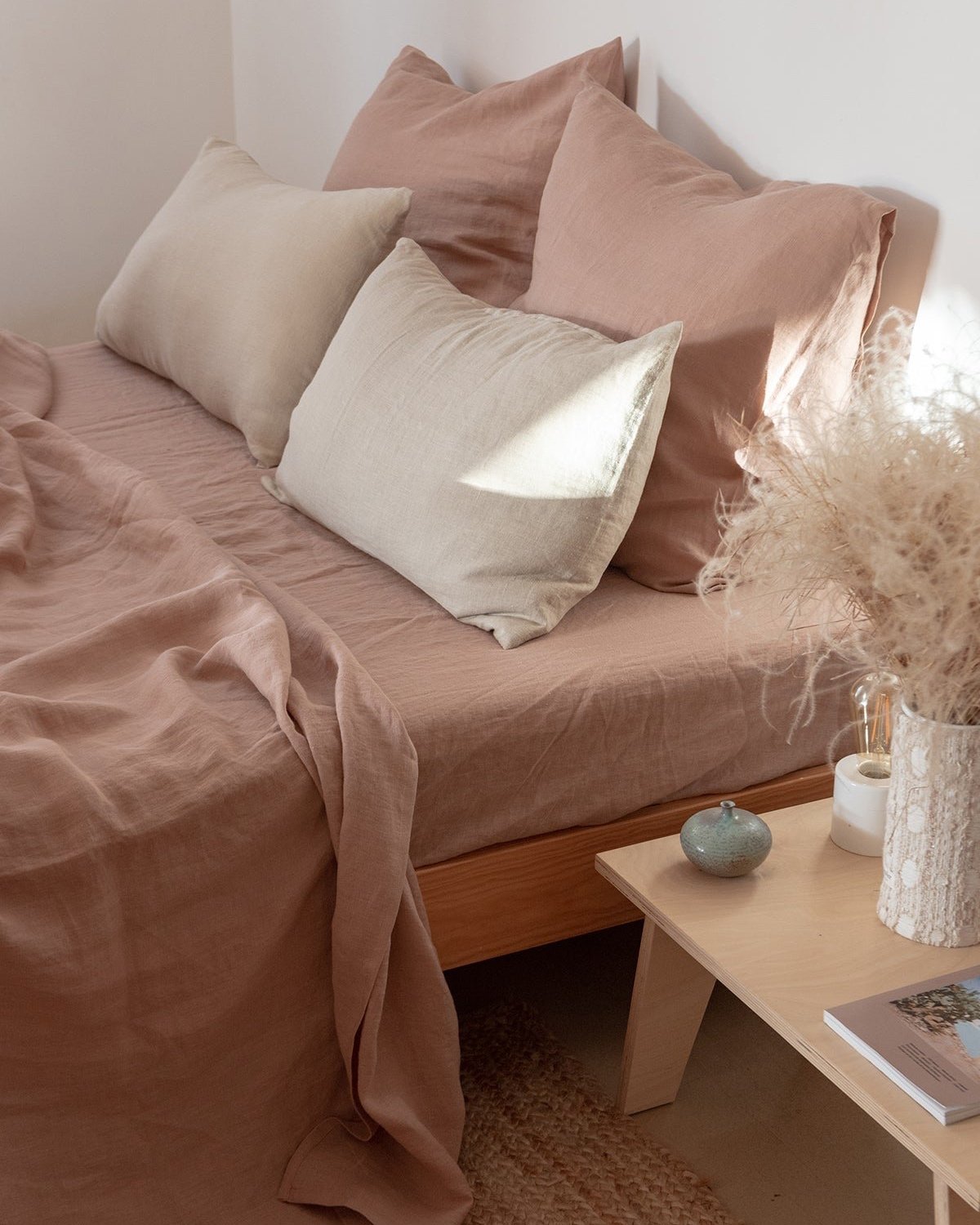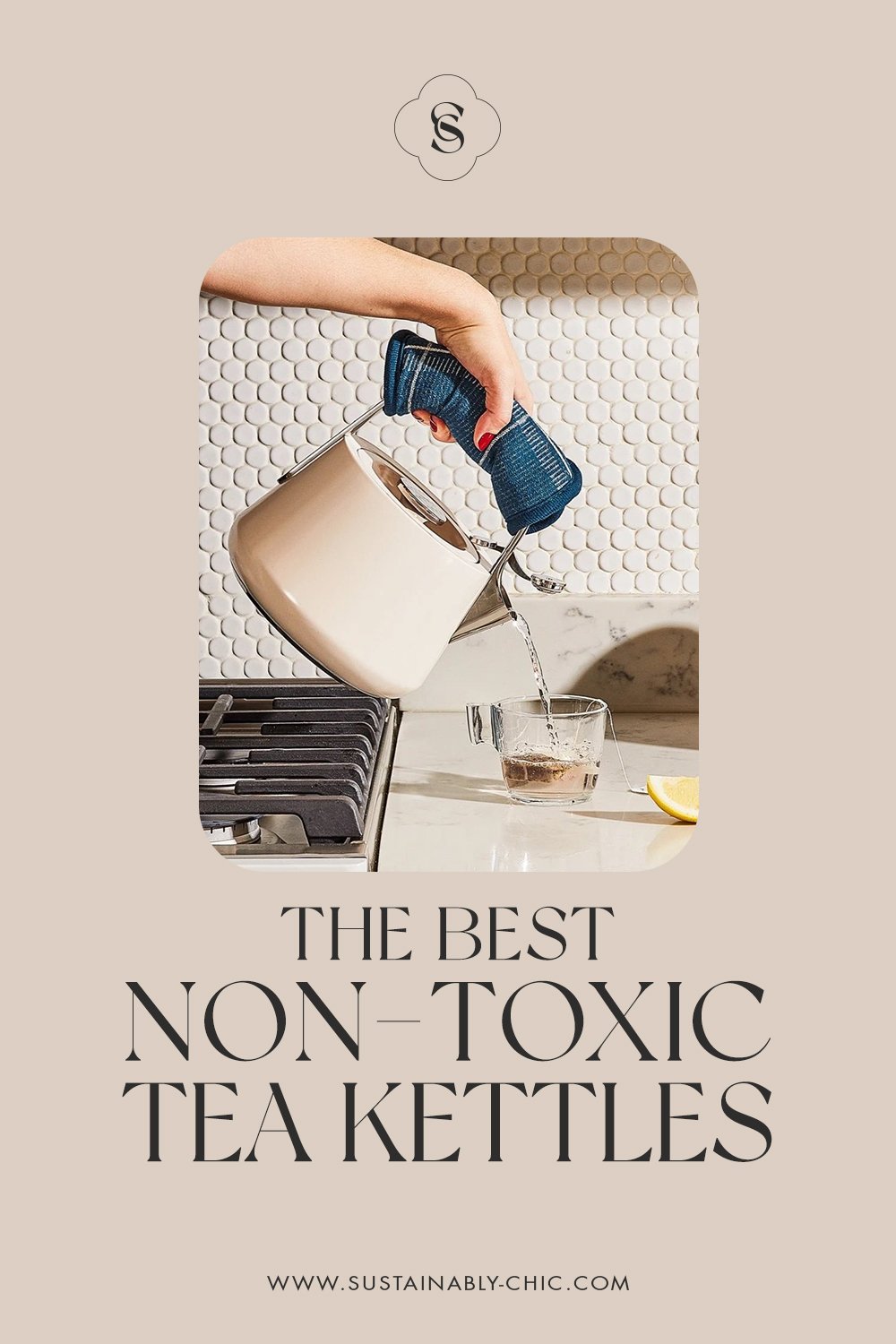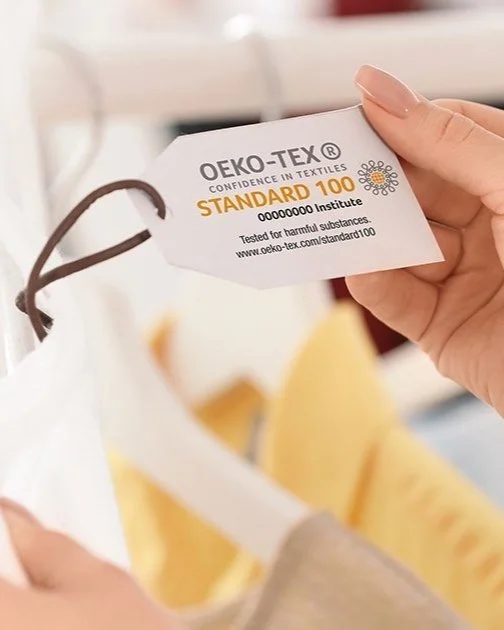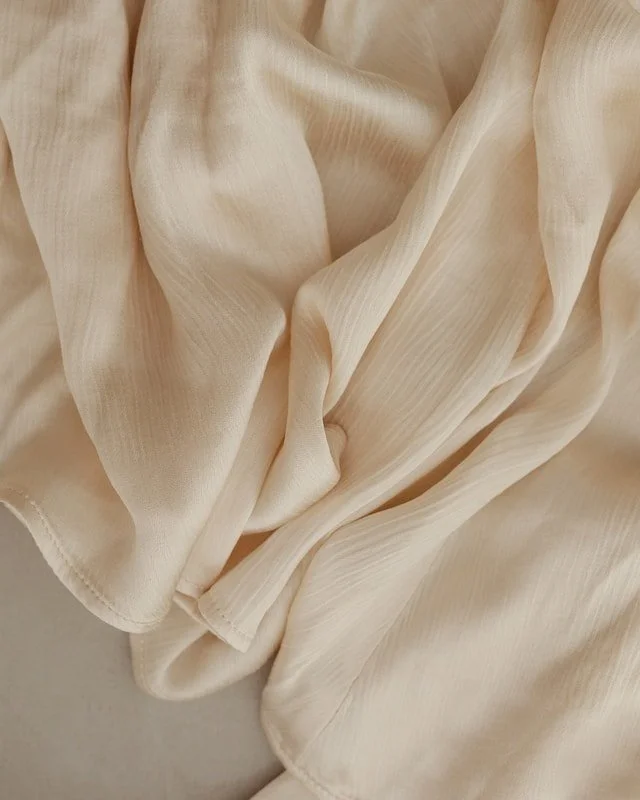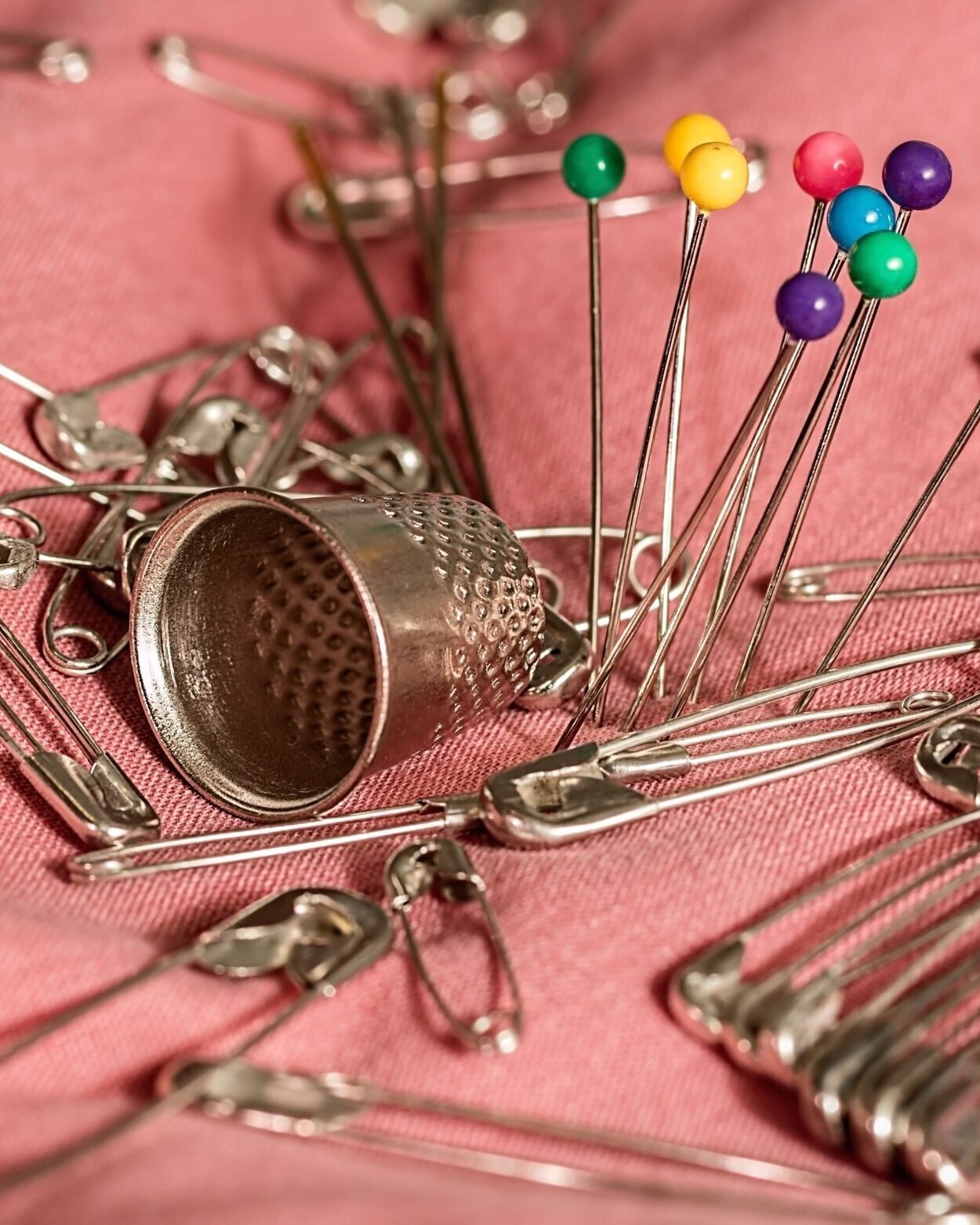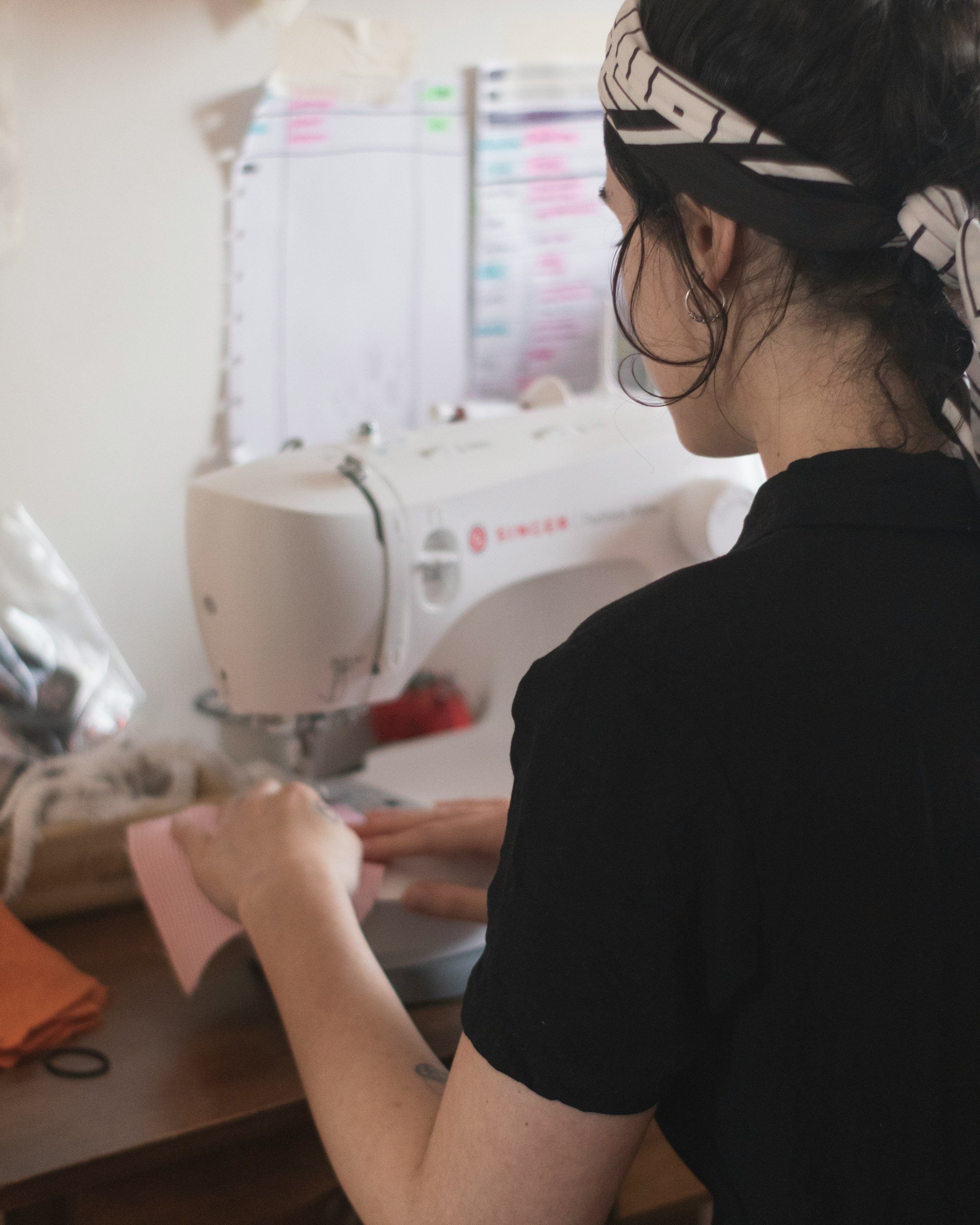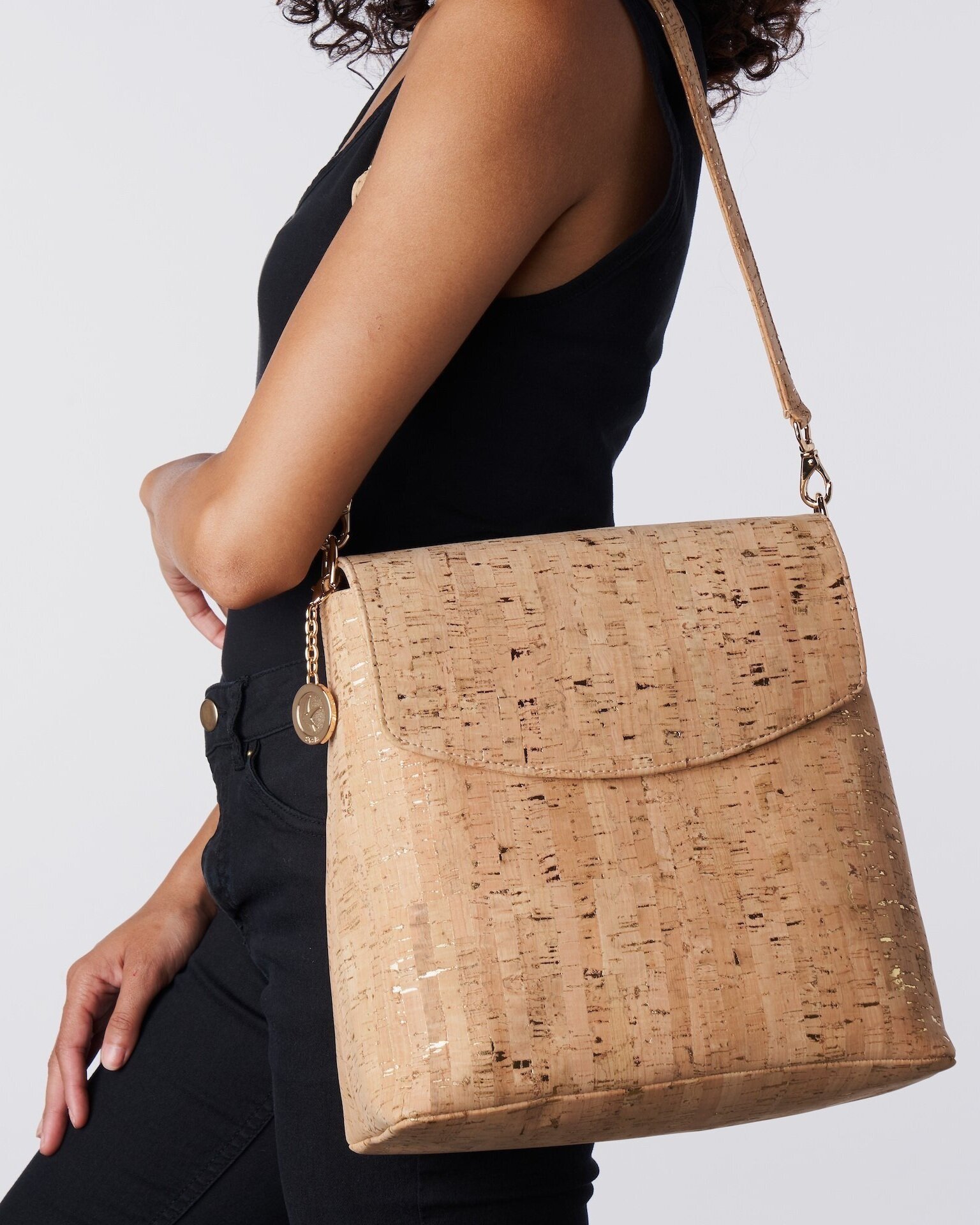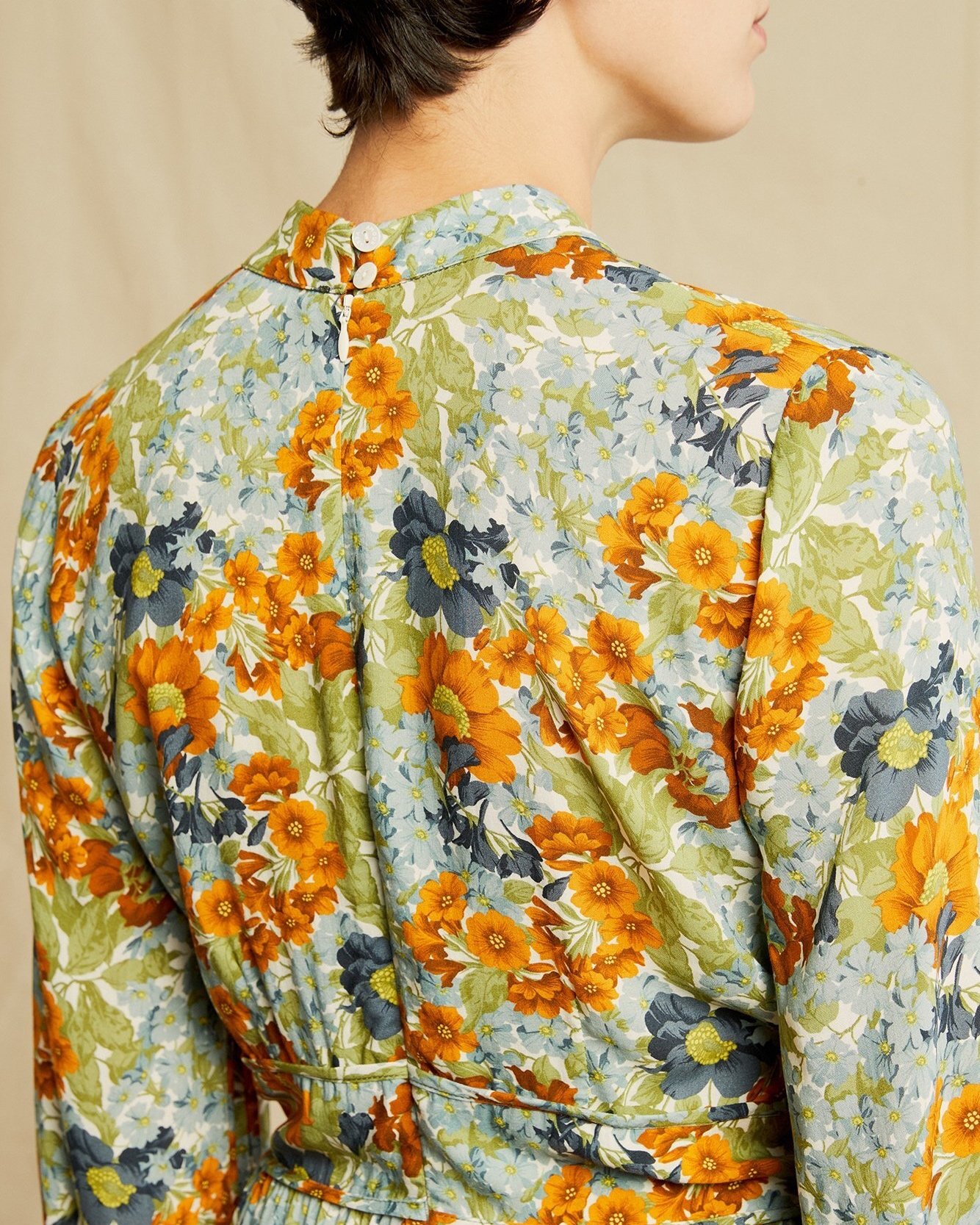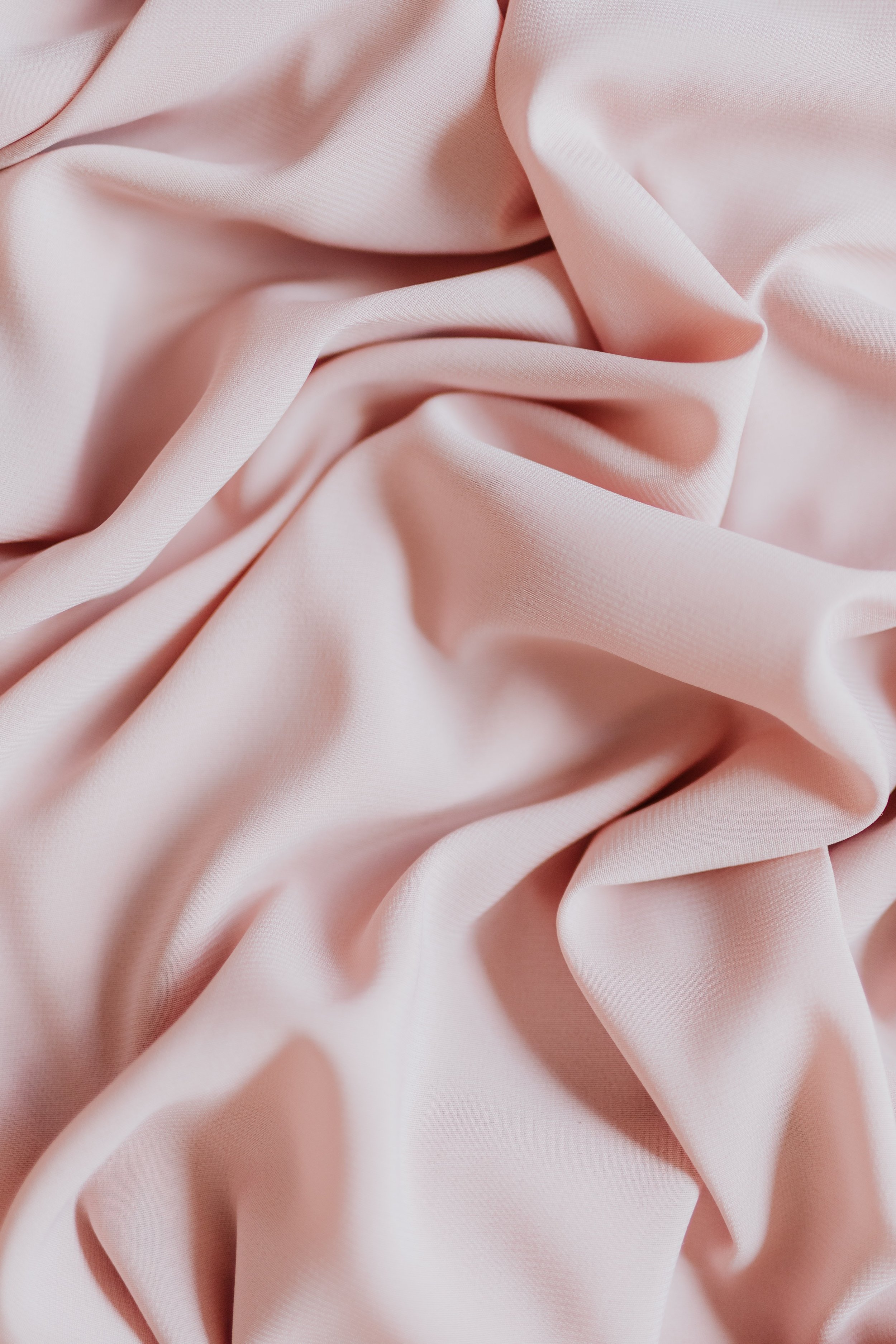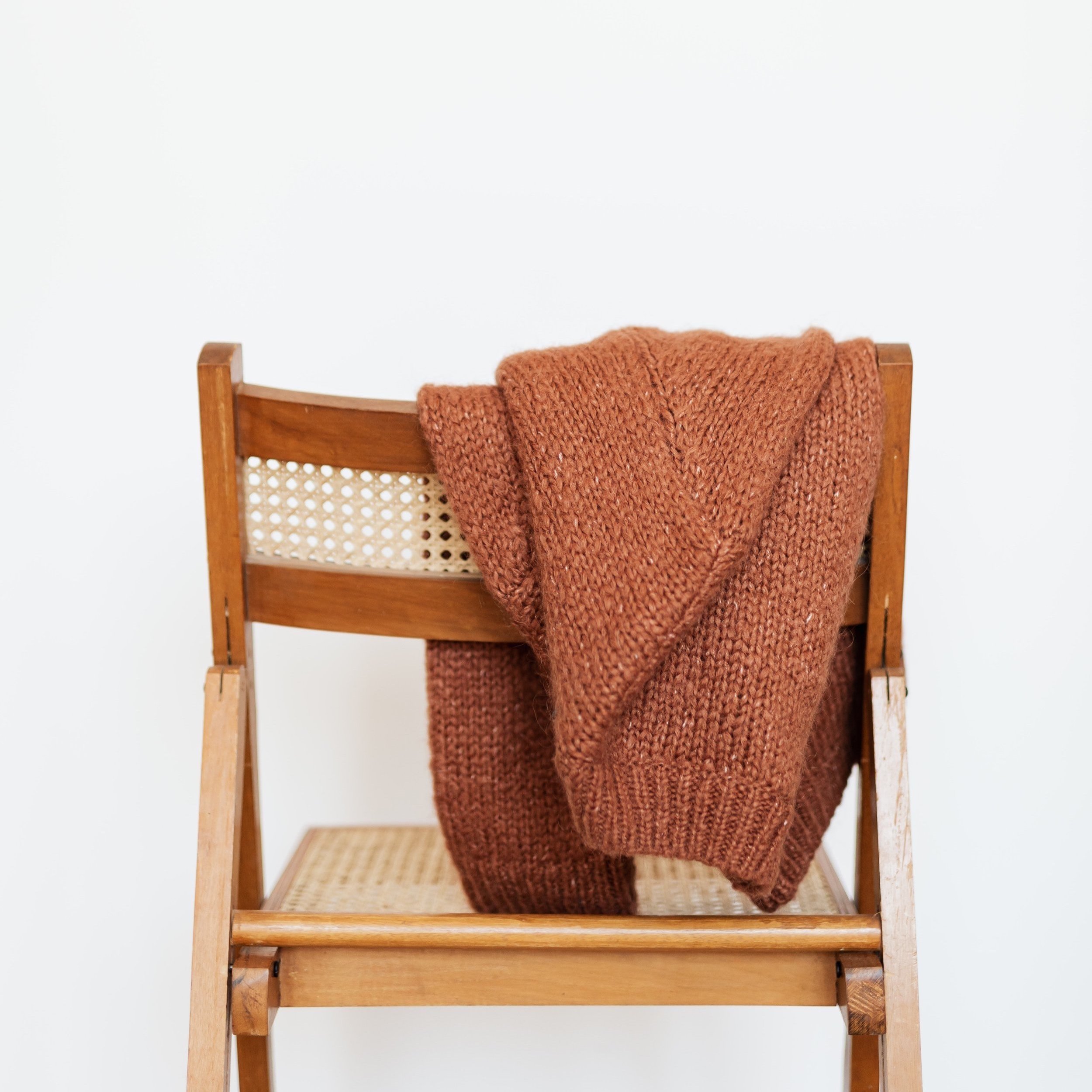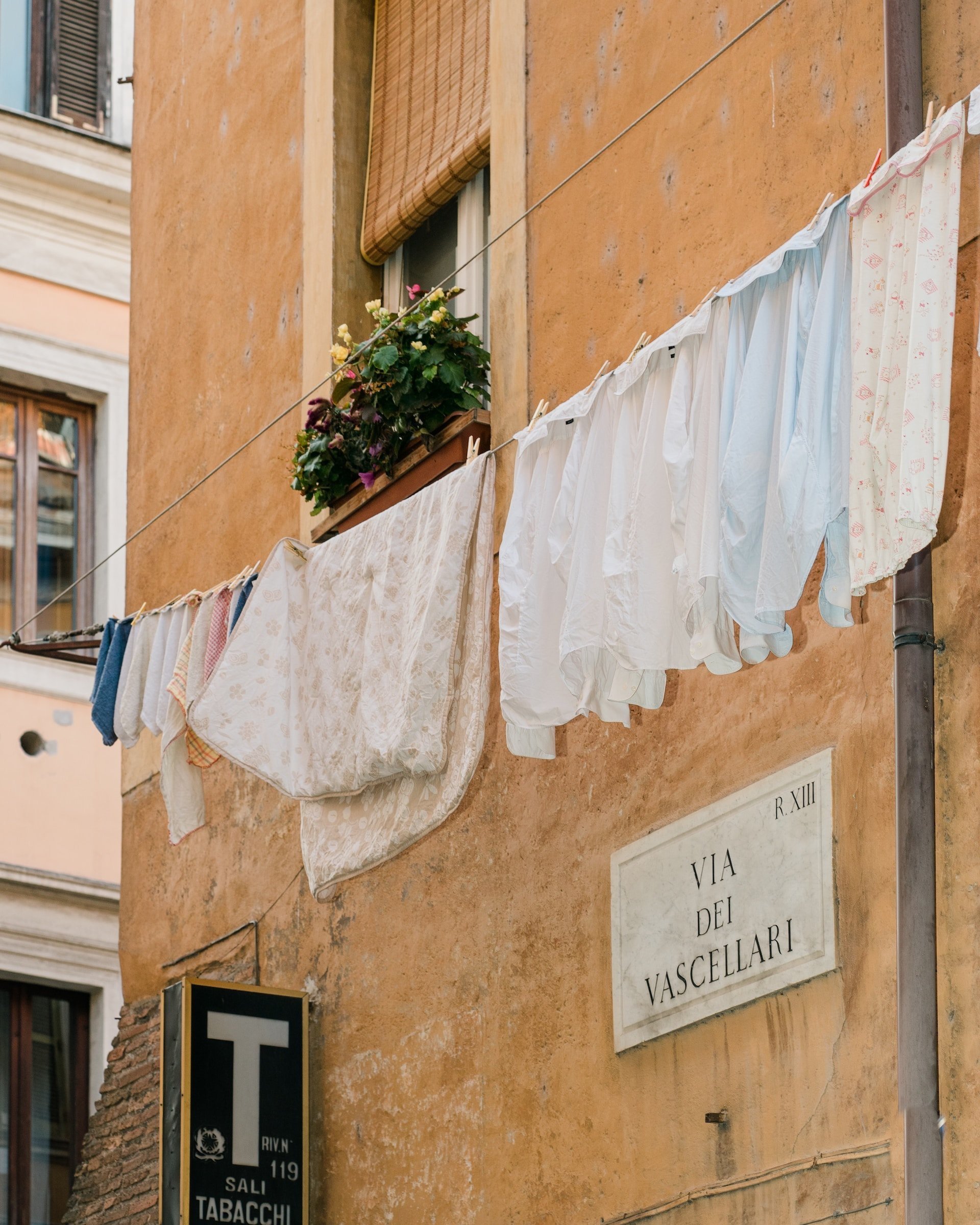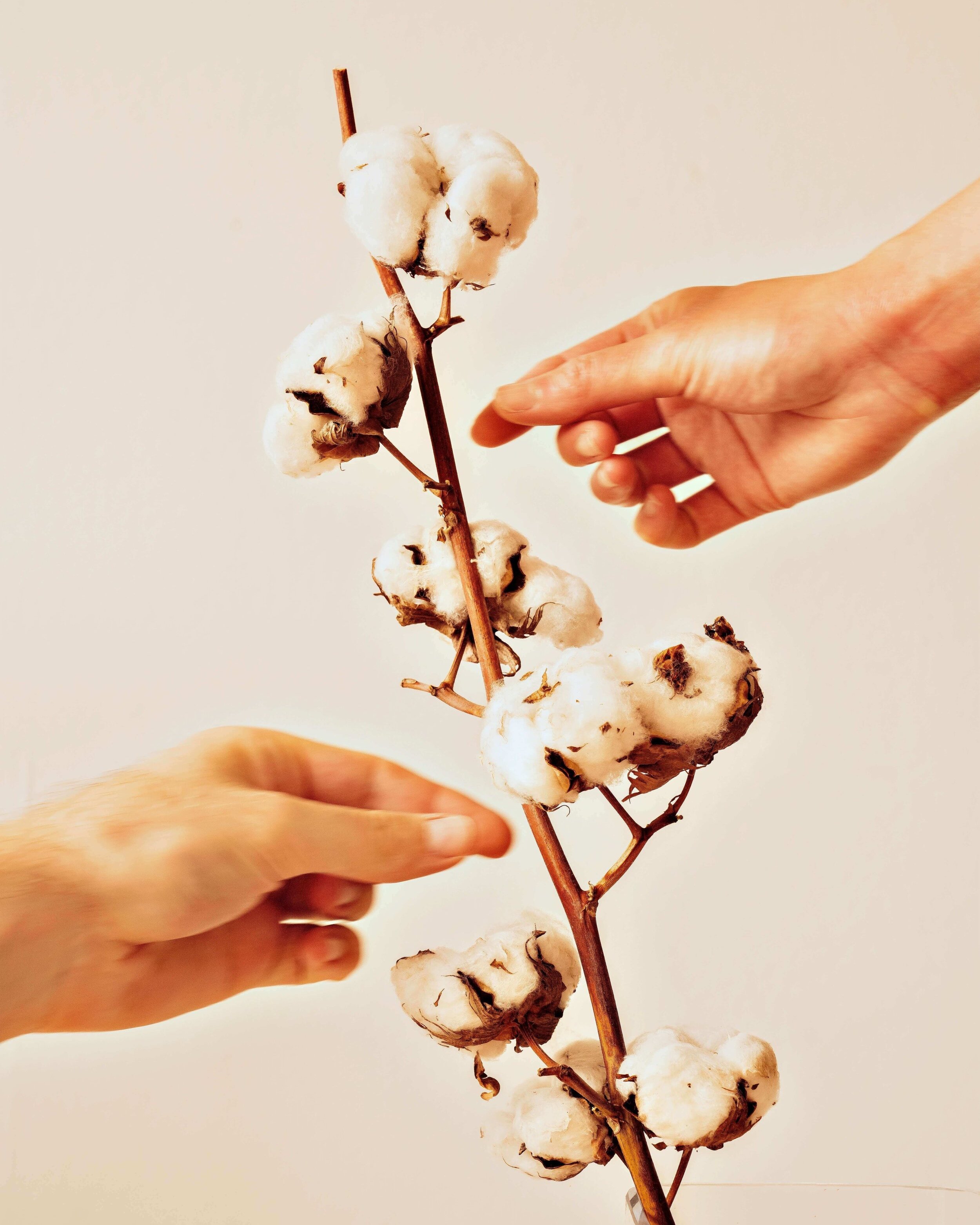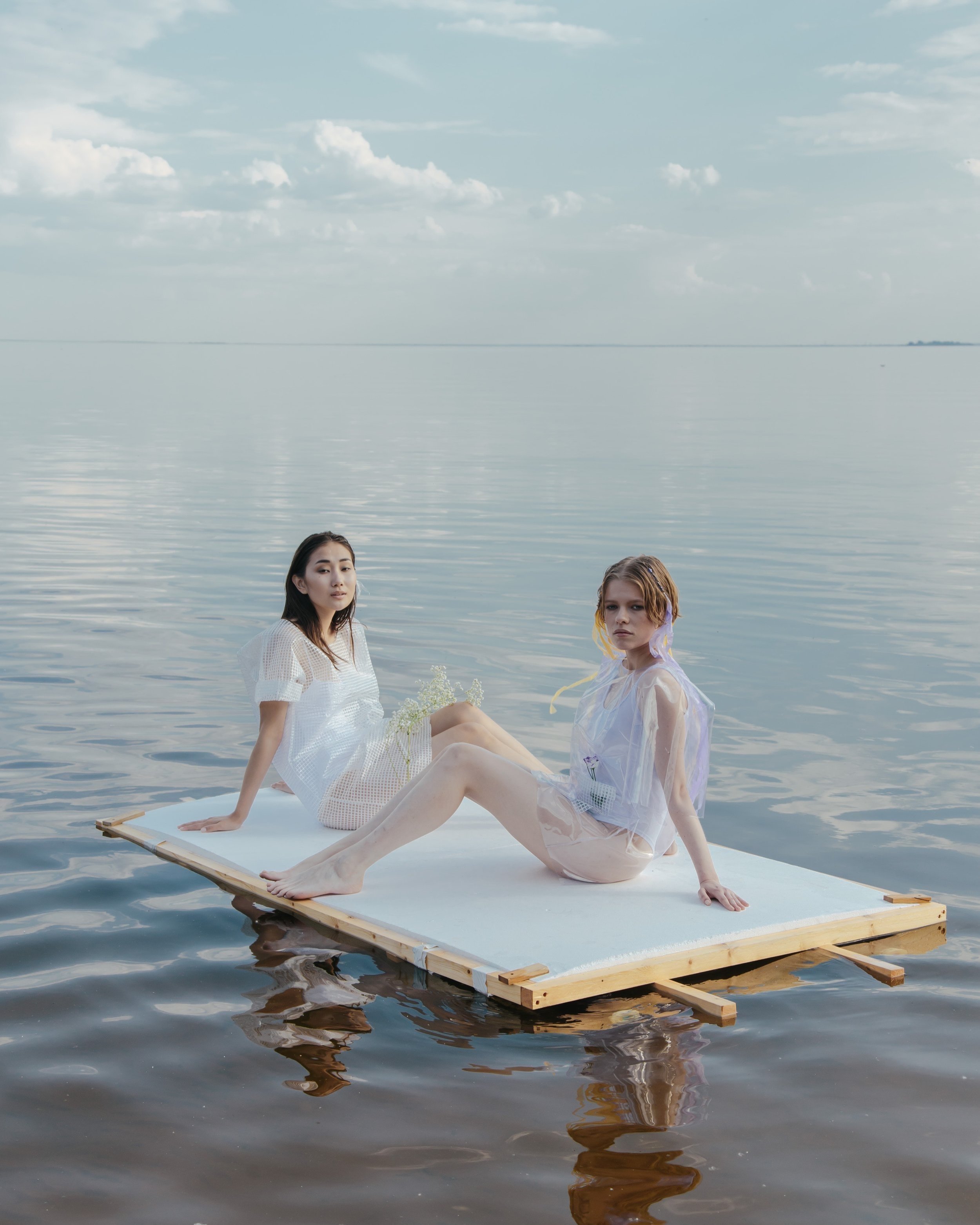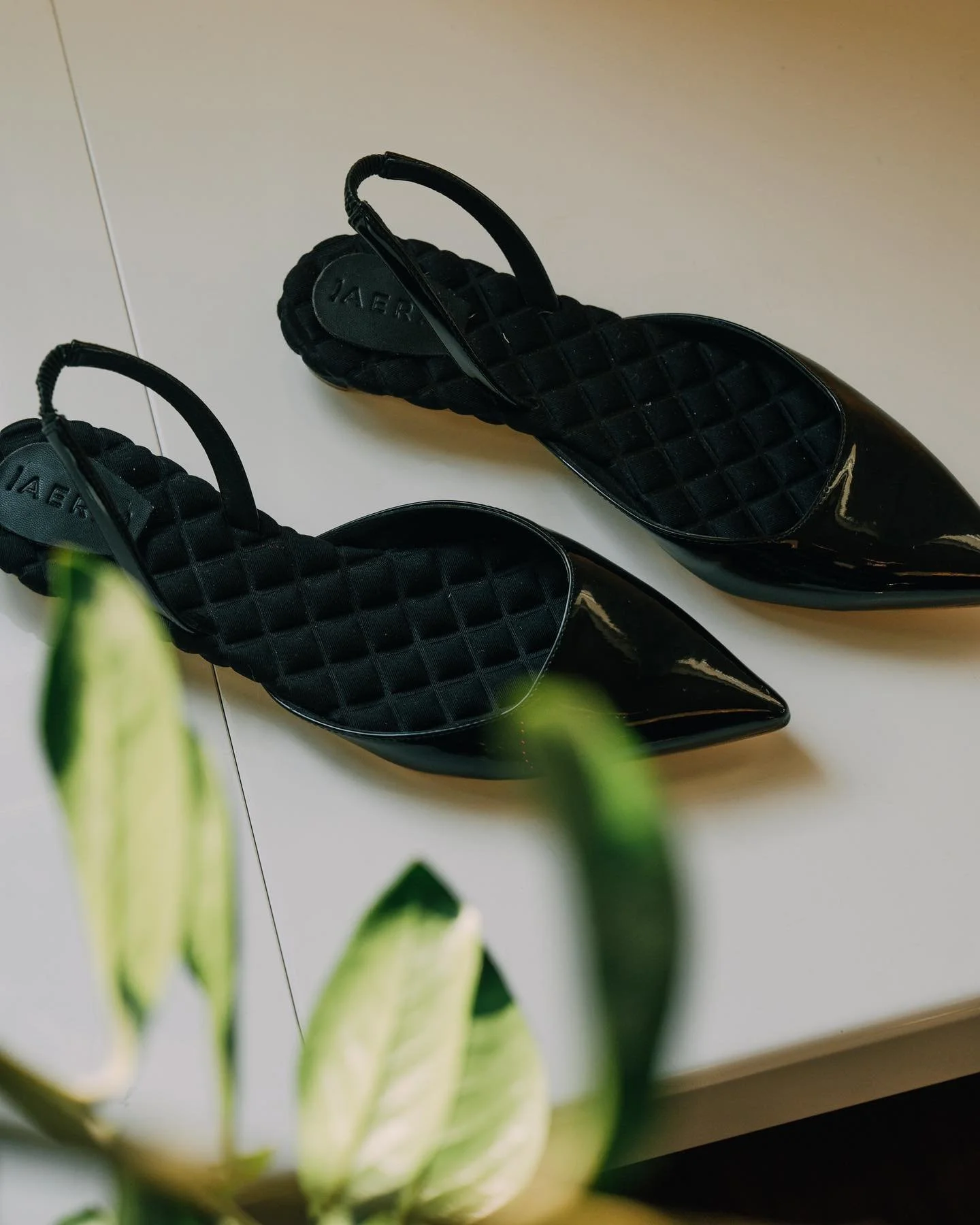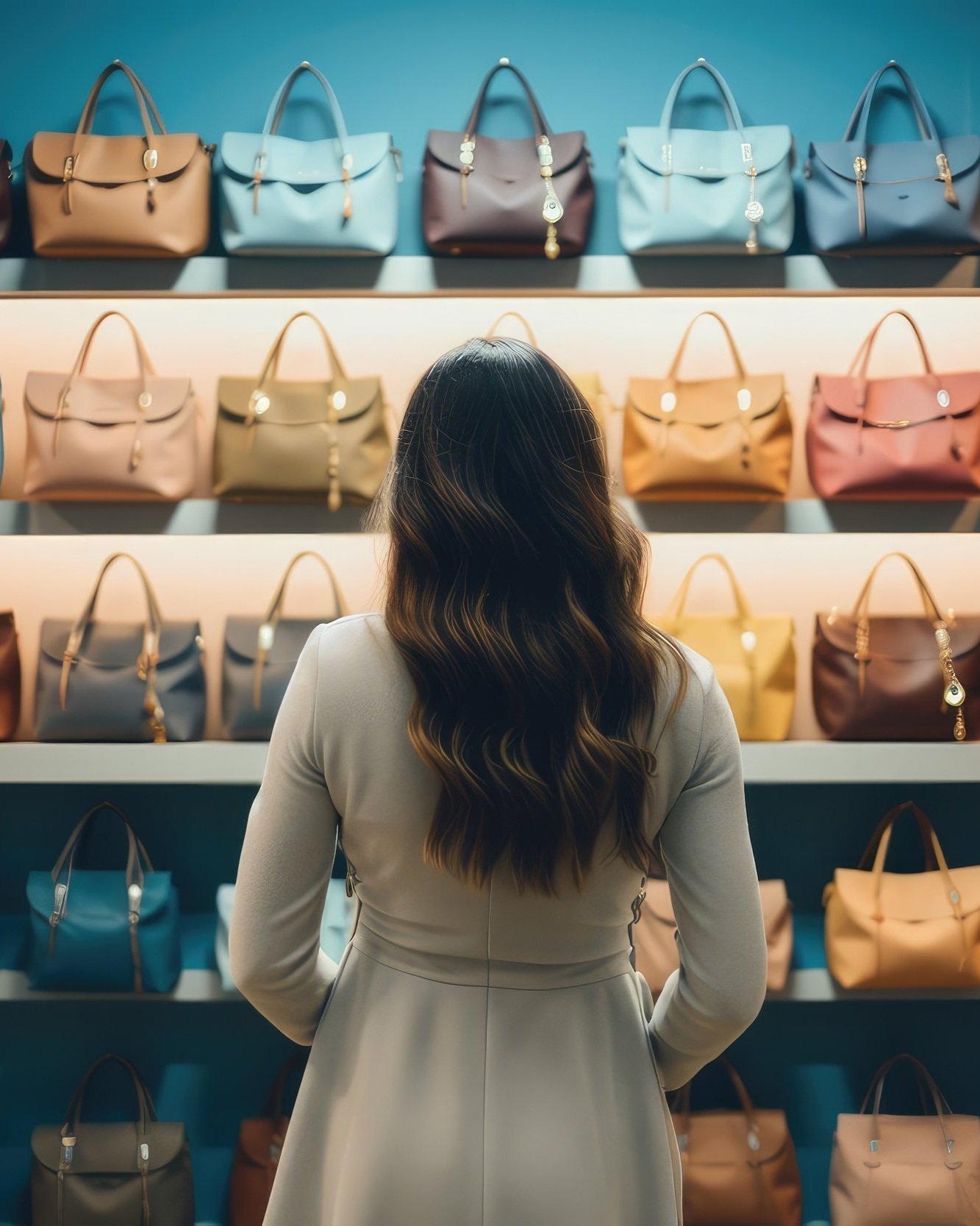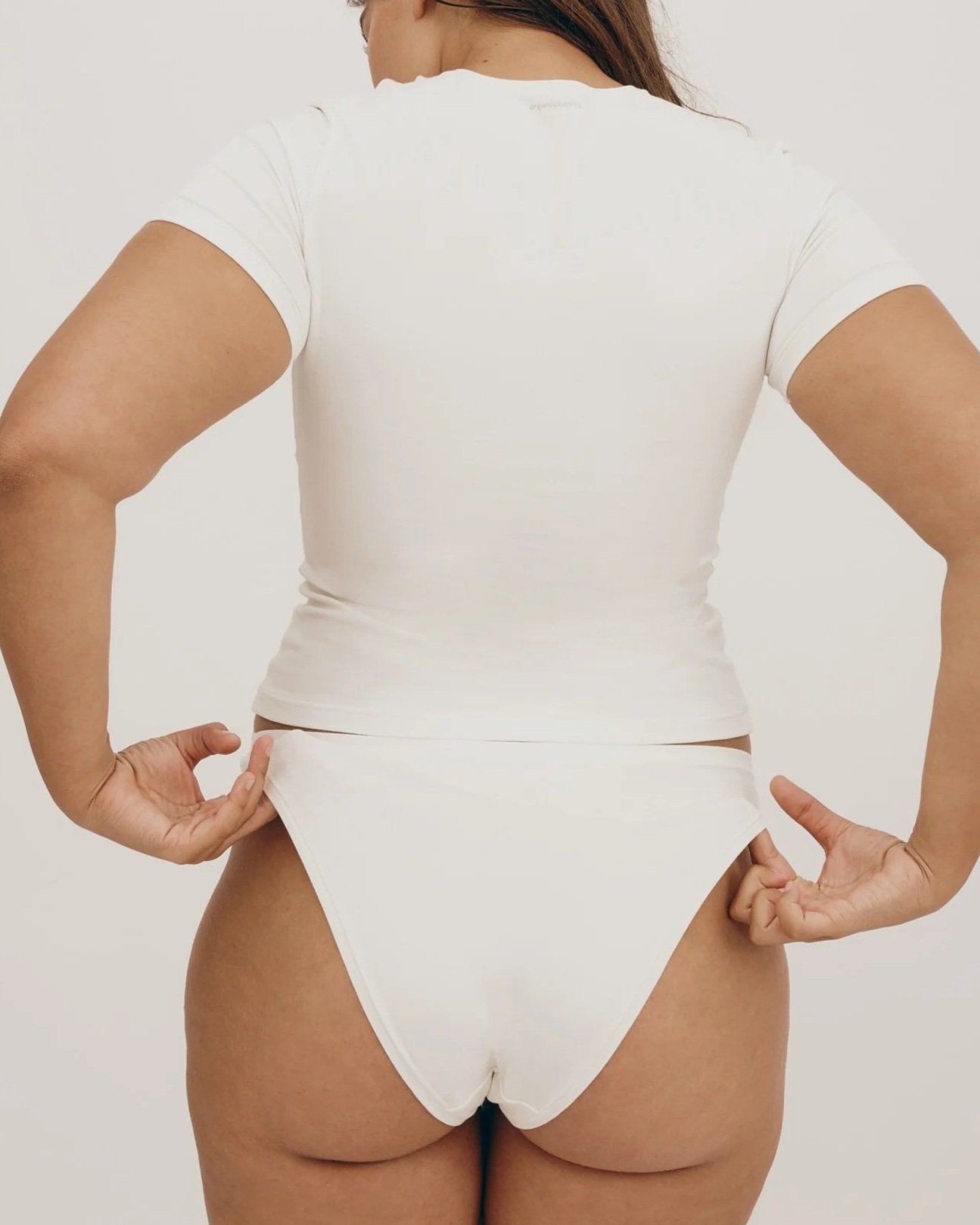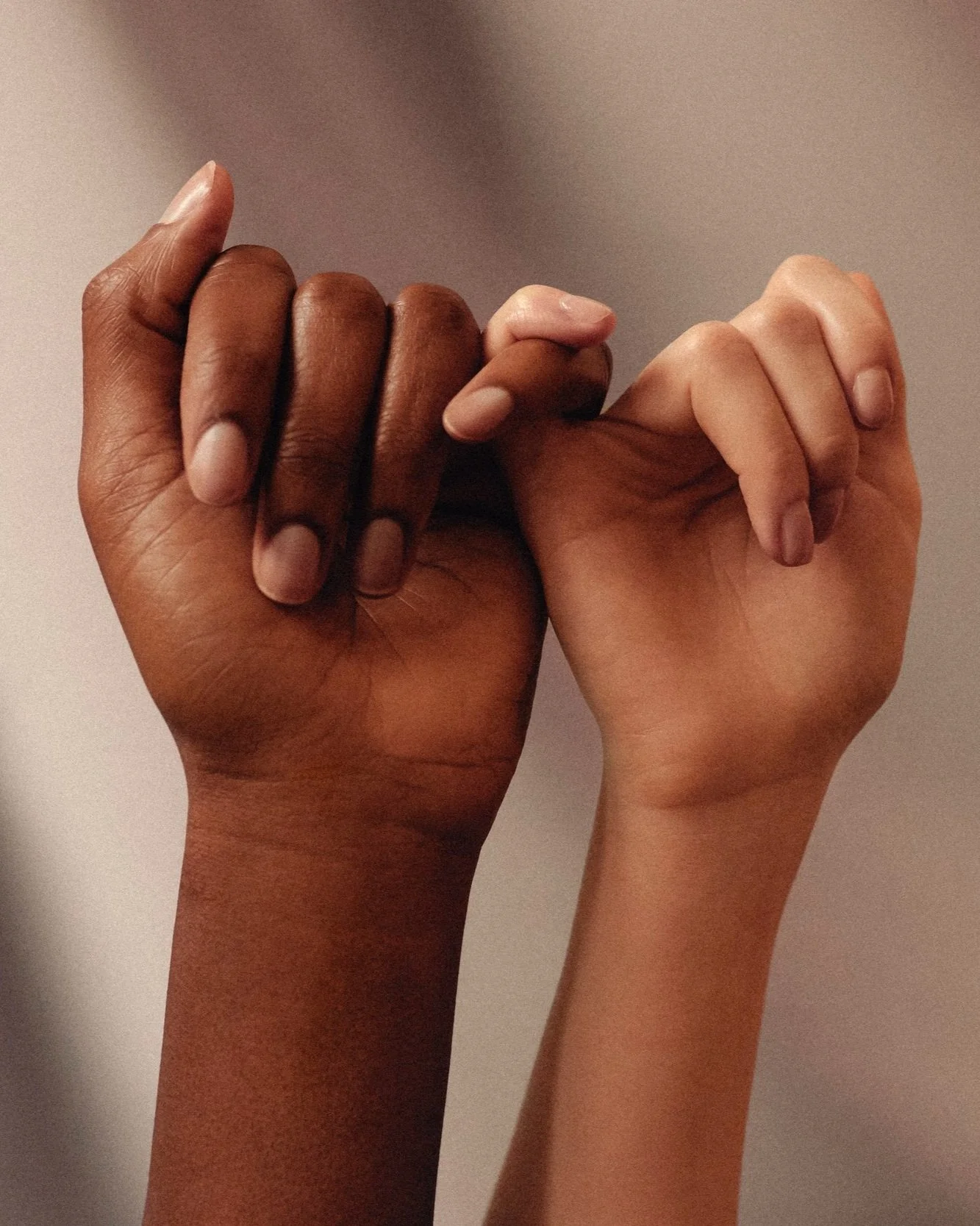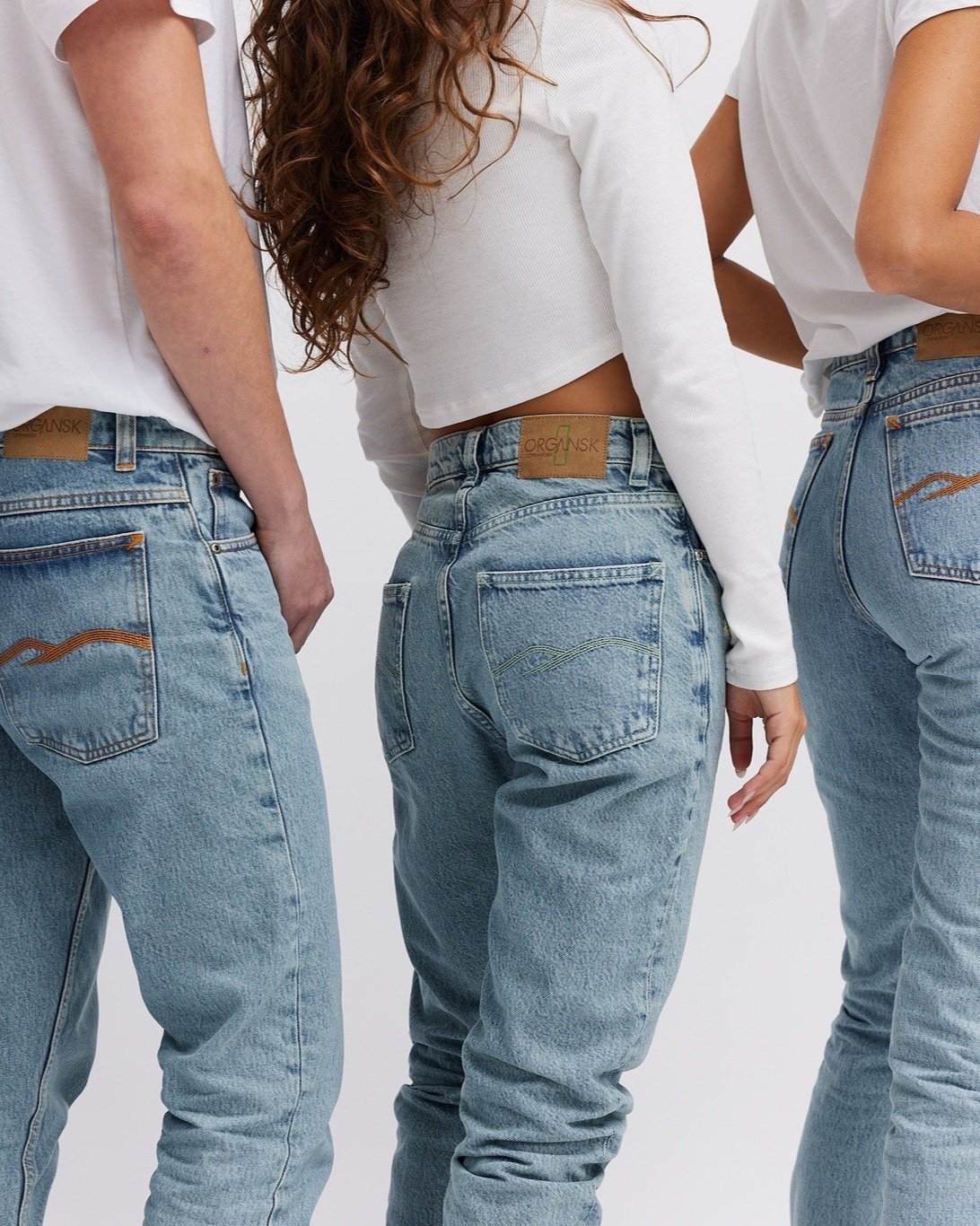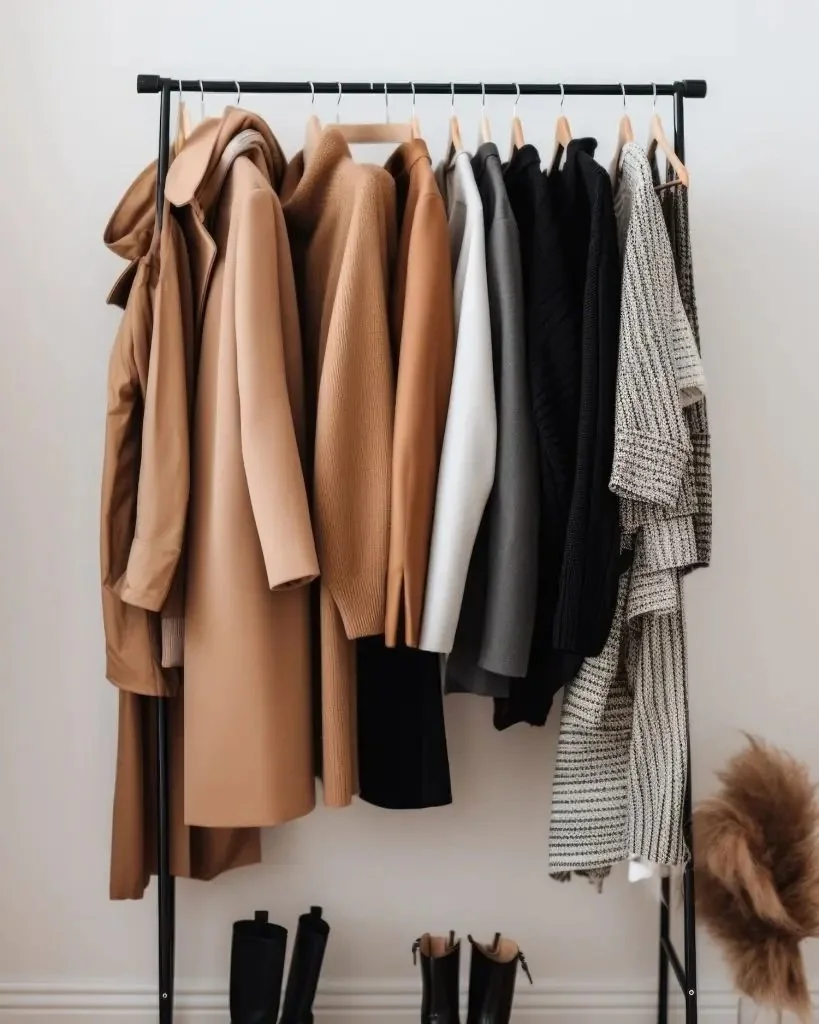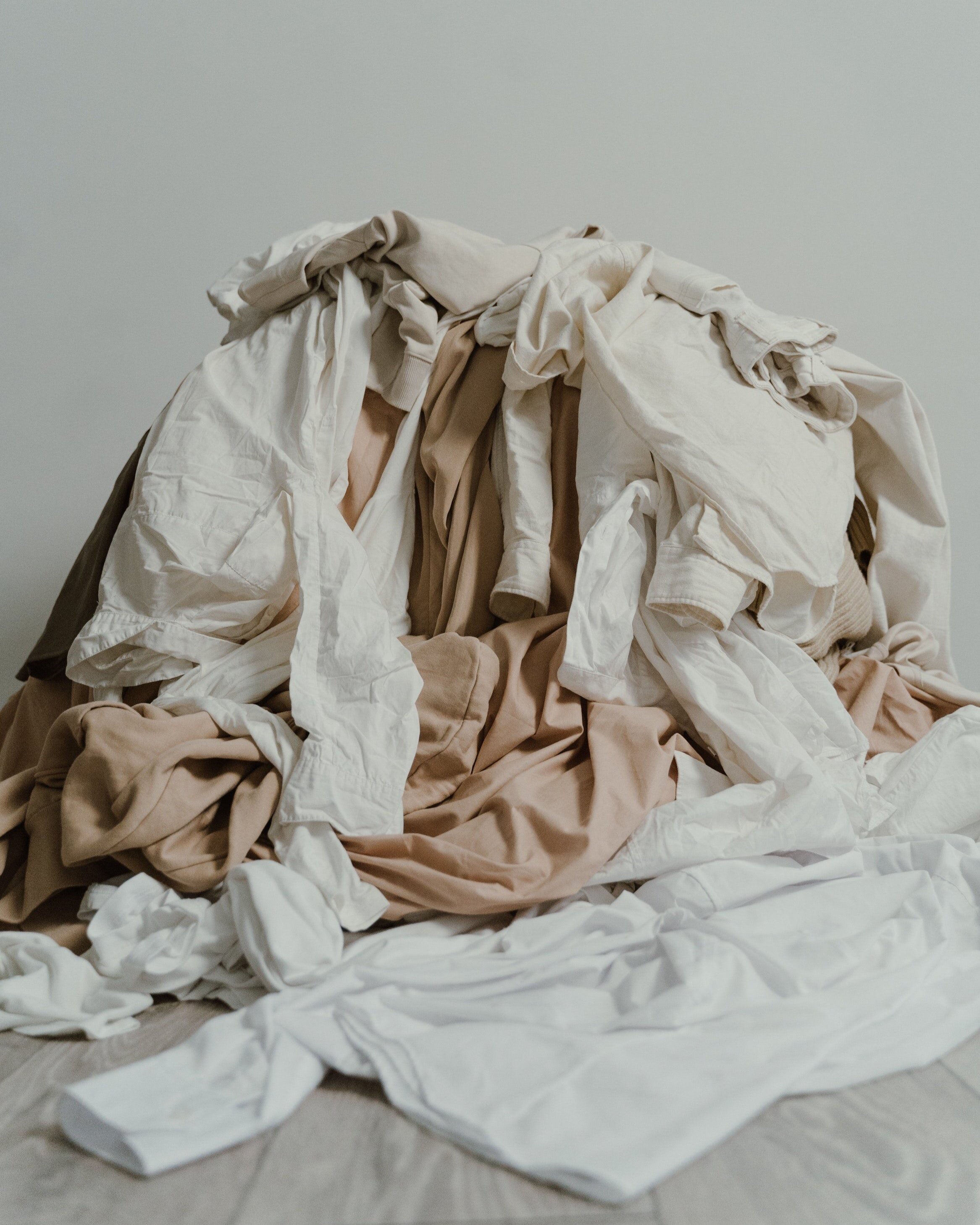
Wedding planning can be overwhelming for newly engaged couples, with numerous tasks to manage. While it's an exciting time, there are many details to address before the big day. One particularly challenging aspect is choosing bridesmaid dresses that align with the wedding theme and appeal to all the bridesmaids. And if you throw sustainability into the mix, the task becomes even more complicated.
Fortunately, there are increasing options for sustainable bridesmaid dresses, allowing you to uphold your values while planning your wedding!
This article will teach you how to choose more sustainable dresses for your bridesmaids, and where they can be found. That way, your wedding (too) can be as sustainable as possible!
Disclosure: Some of the links below are affiliated; we may earn a small commission if you click through and make a purchase. We only feature brands that align with our values and contribute to a better world. Thank you for supporting these brands - and us!
Cover Image: Whimsy & Row
How to Choose Sustainable Bridesmaid Dresses:
To choose eco-friendly dresses for your bridesmaids, prioritize options they can wear repeatedly, not just for your wedding. Even sustainable dresses are wasteful if worn only once. Allowing bridesmaids to select their own dresses increases the likelihood they'll wear them again. This is what Natalie, Sustainably Chic founder, did at her wedding and all her bridesmaids looked absolutely beautiful!
And why not ask your girlfriends if they already have a bridesmaid dress in their closets? They may have previously attended a wedding or formal event and can reuse their dress now.
Having a specific theme for your wedding can guide your discussions with your girlfriends. Check if your bridesmaids have dresses that fit the theme; if not, provide guidelines for their personal choices. If you prefer to choose, ask about their favorite colors and styles, considering their body shapes for a flattering fit.
Opt for eco-friendly fabrics like organic cotton, Tencel, or recycled polyester, and ensure quality for lasting wear.
The dresses must make each of your bridesmaids feel confident and amazing. They need to complement their silhouettes and be comfortable to wear at the same time. If they feel good in them, your friends will be more likely to reuse them in the future!
Don't Forget to Consider Budgets!
When picking the dresses, also do not forget to be conscious of everyone’s budget. Buying a new bridesmaid dress can be a big expense for many, not to mention all the other costs of attending a wedding.
This is another reason why I think letting your girlfriends choose their dresses is a great idea. It means that not only they will be able to pick a dress they will absolutely love, but they will also be in control of how much they will spend on their dress. They will have more control over the price and buying a dress won’t have to be a big financial burden for them.
Finally, consider letting your bridesmaids choose their footwear and accessories as well. They all probably already own a nice pair of heels or beautiful earrings and necklaces. It would be an additional expense for them to buy new shoes and jewelry, and it would not be sustainable to do so.
Letting them pick their own accessories and shoes will allow them to express their personality, and it will make each of them truly unique. Plus, it is one less thing you need to worry about before your wedding day!
Where to shop for sustainable bridesmaid dresses:
Once you have decided whether you want to let your girlfriends pick their bridesmaid dresses or if you prefer choosing the specific models in advance, you need to know where to find them.
The dresses in your bridesmaids’ closets
As mentioned earlier, the most sustainable dresses are the ones your friends already have in their closets. If you do not mind a more mismatched look at your wedding or if you gave your bridesmaids a few guidelines and they have exactly what you want at home, why don’t they reuse what they already have?
Allowing them to wear dresses they bought in the past is awesome for preventing waste as they are reusing something that was collecting dust in a closet.
It also means that they do not need to purchase a new dress, thus not contributing to the demand for new dresses to be produced and saving a lot of money in the process.
All the bridesmaids could also swap their dresses if they wish to refresh their looks and do not want to always wear the same thing at weddings.
Rental services
As bridesmaid dresses are usually only worn once, or a couple of times at best, renting them can be a great option that is not only more sustainable but also more budget-friendly!
Since you can rent a formal dress at a fraction of the retail price, it means that you can afford more high-end, designer pieces that you would otherwise not be able to choose. And this option is better if your bridesmaids have a limited budget and you do not want them to break the bank for your wedding.
Check if you have a local renting shop in your area or visit an online store that rents dresses and formalwear. There are many websites available in the United States, but our favorite one is Rent The Runway.
It is a membership-based website that has a huge selection of flattering bridesmaid dresses, available in sizes 0 to 22. You get to choose between a large variety of colors, styles, and lengths, and it even has some dresses for pregnant women.
Second-hand stores or online websites
Even though it is a bit harder to find exactly what you are looking for, buying second-hand is another sustainable alternative to purchasing new dresses.
Many women sell their bridesmaid dresses because they don’t see themselves wearing them again in the future. Thus, you can find beautiful dresses in perfect condition that have only been worn once and that are sold at a more affordable price.
Choosing second-hand dresses is extremely eco-friendly as you are giving a new life to dresses that would have probably never been worn again, and you end up saving a lot of money at the same time.
Of course, finding the exact models and styles you want might be a bit more tricky if you look on the second-hand market, but you might find some cool, unique pieces, so do not ignore this option.
You may have a local resale shop in your area, but if it is not the case, consider looking for bridesmaid dresses on eBay, Poshmark or Facebook Marketplace. You can also find your dream dresses on specialized websites like Once Wed or Pre Owned Wedding Dresses.
Ethical & sustainable brands
If you still could not find the ideal bridesmaid dresses or if you want all your bridesmaids to have the same dress, you will probably have to buy them from an online shop.
Unfortunately, not all brands are created equal and the majority of bridesmaid dresses on the market are made unsustainably and unethically, and their quality could be better.
But there are a couple of eco-friendly brands that decided to change the situation, which means that you can now pick beautiful bridesmaid dresses that will not harm the planet.
Here is our selection of 5 ethical brands selling sustainably-made bridesmaid dresses!

1. Omnes
Materials: ECOVERO, Recycled Polyester
Price: $152-169
OMNES has an amazing collection of bridesmaid dresses that perfectly combines beauty and sustainability. These dresses made from LENZING™ ECOVERO™ Viscose & recycled polyester are gentler on the planet than conventional polyester options.
Available in shades like soft sage, vintage pink, and butter yellow, there’s a perfect color for every wedding theme. Designed in London and produced ethically, they offer a beautiful and responsible choice.

2. SeamsFriendly
Materials: Cotton
Price: $46-88
SeamsFriendly has a lovely collection of bridesmaid dresses made from 100% cotton. The fabric is hand spun and handwoven with azo-free dyes making the dresses both eco-friendly and non-toxic!
Each dress is customizable & tailor-made for all body types, so every bridesmaid can find something that fits her perfectly. With a range of colors and designs, SeamsFriendly’s dresses help create a beautiful and personalized look for any wedding party!

3. Whimsy & Row
Materials: Tencel, Cupro, ECOVERO
Price: $148-248
Whimsy & Row is a California-based fashion brand that creates clothing using low-impact fabrics only. It has different models of dresses that can easily be worn as bridesmaid dresses at a wedding.
The brand sells a beautiful wrap dress made of a blend of ECOVERO viscose and viscose Lenzing, which are both more eco-friendly types of viscose. You also get to choose between a few other models produced in a silky Tencel-cupro fabric.
Whimsy & Row is a carbon-neutral company that makes its clothes in limited quantities and upcycles its fabric scraps to avoid unnecessary waste. It also produces everything within a few miles from its office to minimize its carbon footprint.

4. Reformation
Materials: Linen, Silk, Viscose
Price: $198-498
Reformation has an incredible collection of dresses that can be worn as bridesmaid dresses or at any other formal event. You can choose between various styles, necklines, sleeves, lengths and colors.
Some dresses feature cool details such as waist ties, high slits, open backs, or ruffle-edged straps. Many dresses also have a floral print that makes the whole outfit even more feminine and elegant.
Reformation’s dresses are created in different fabrics, including linen, silk and viscose made from sustainably-sourced wood pulp. The company has been carbon-neutral since 2015, and it cuts and sews over 50% of its clothing locally, in Los Angeles.

5. Christy Dawn
Materials: Regenerative Silk
Price: $498
Christy Dawn's bridesmaid dresses are a perfect blend of classic style and eco-friendly practices. Made from 100% regenerative crepe de chine silk, each gown - like the Angelica, Helina, and Athena - is dyed using organic pigments and produced right in Los Angeles.
These dresses are designed to flatter with features like bias-cut skirts, empire waists, and delicate ruffles or flutter sleeves, making them both comfortable and beautiful. By partnering with BOMBYX, Christy Dawn ensures that their silk is sourced responsibly, keeping the environment in mind at every step.

About the Author
Eva Astoul is a French freelance writer, specializing in content related to sustainability, simple living, and a growth-focused healthy lifestyle. She runs her own blog, Green With Less, to inspire people to live a more minimalist and sustainable life.
WANT MORE SUSTAINABLE BRANDS? VISIT OUR BRAND DIRECTORY!
Our Brand Directory is home to hundreds of sustainable brands, from makeup to cleaning supplies, from underwear to shoes. We have broken everything down by category for easy shopping, along with discount codes unique to Sustainably Chic viewers.








